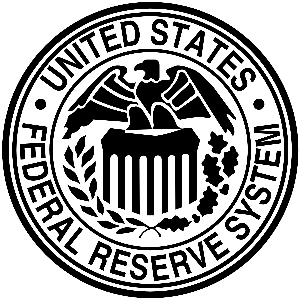In this interview, we discuss:
- Inequality
- Central bank policies
- The Fed rate cut
- What can the ECB do to spur growth
- Brexit
In this interview, we discuss:
 If there is something that is evident is that the United States does not need a rate cut.
If there is something that is evident is that the United States does not need a rate cut.With the economy growing at 2.1%, unemployment at 3.6%, creating 170,000 jobs per month, and estimated underlying core inflation of 2%, no objective data justifies cutting rates that are already artificially low. Wages are rising by 3% and credit growth for companies and families is solid.
There is also no public sector financing problem. The 10-year US bond trades at a 2.05% yield, consistent with the country’s growth and inflation. In real terms, the United States borrows at almost no cost and without Federal Reserve support, as all bond demand comes from the secondary market. Continue reading The Fed’s Unnecessary Rate Cut
The most concerning danger in the global economy is that central banks have entered an unstoppable race that is creating larger and riskier imbalances, as shown here: “Asset Bubbles to Zombie Companies: The Dark Side of Rate Cuts” shows. Continue reading Can a new stimulus plan revive the eurozone economy?
US GDP came above estimates, at 2.1% for the second quarter of 2019. However, the signs of a slowdown are evident in manufacturing, economic surprise and earnings, despite strong consumer confidence and service sector.
What should we be looking for?